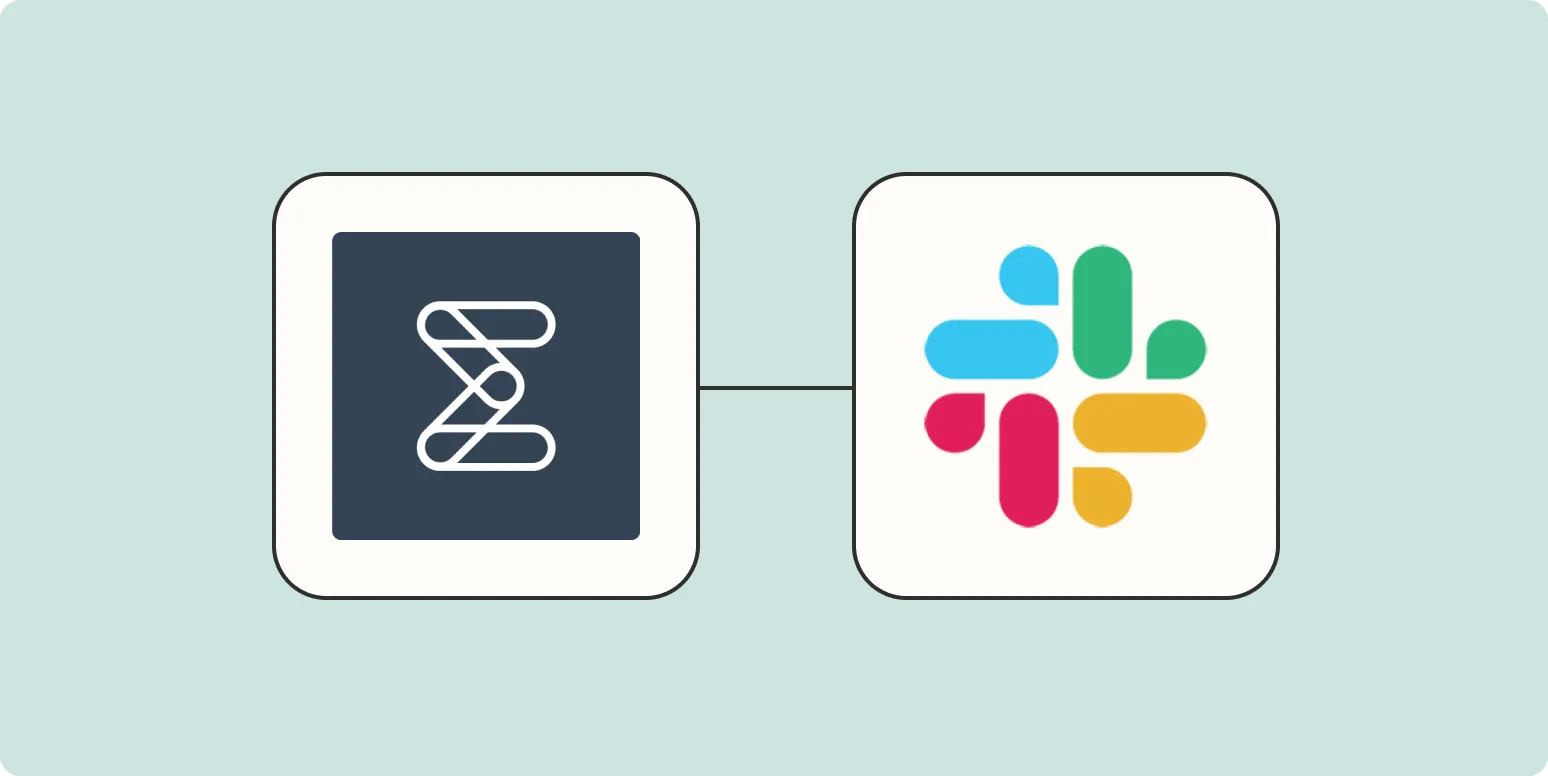Collecting customer feedback is crucial for any business looking to improve its products and services. With tools like Enalyzer, organizations can easily gather insights directly from their customers and take actionable steps based on the data received. Enalyzer not only simplifies the feedback process but also helps in analyzing the results effectively, which is essential for businesses aiming to enhance customer satisfaction and loyalty.
Why Customer Feedback is Important
Understanding customer preferences and pain points can make a significant difference in a company's success. By regularly collecting feedback, businesses can identify trends, pinpoint issues, and adapt their strategies accordingly. This proactive approach not only helps in retaining existing customers but also attracts new ones. Enalyzer provides a platform that allows businesses to create custom surveys tailored to their specific needs, ensuring they gather relevant and actionable data.
Leveraging Enalyzer for Effective Feedback Collection
Enalyzer offers a user-friendly interface that makes it easy for businesses to create and distribute surveys. The platform supports various formats, including:
- Online Surveys
- Mobile Surveys
- Paper Surveys
- Event Feedback Forms
These diverse options enable businesses to reach customers through their preferred channels, increasing response rates. Additionally, Enalyzer allows users to customize their surveys with different question types, such as multiple-choice, rating scales, and open-ended questions, ensuring a comprehensive understanding of customer opinions.
Analyzing Feedback with Enalyzer
Once feedback is collected, the next step is analysis. Enalyzer provides advanced analytical tools that help businesses interpret the data effectively. Users can create various visualizations such as graphs and charts, enabling them to identify trends and patterns quickly. For instance, businesses can track customer satisfaction scores over time, allowing them to measure the impact of changes made in response to feedback.
One of the standout features of Enalyzer is its ability to create tables that summarize data points, making it easier for decision-makers to digest the information. Here’s an example of how feedback can be presented:
| Feedback Category | Positive Feedback (%) | Negative Feedback (%) |
|---|---|---|
| Product Quality | 80% | 20% |
| Customer Service | 75% | 25% |
| Pricing | 70% | 30% |
This type of representation allows stakeholders to understand which areas are performing well and which require attention. By focusing on the categories with the highest negative feedback, businesses can prioritize improvements that will have the most significant impact on overall customer satisfaction.
Taking Action Based on Feedback
Collecting and analyzing customer feedback is just the beginning. The real value comes from taking action based on the insights gathered. Enalyzer equips businesses with the tools to implement changes effectively. For example, if feedback indicates that customers are dissatisfied with the pricing, companies can evaluate their pricing strategies and consider adjustments or promotions to enhance customer satisfaction.
Furthermore, organizations can use the insights to drive marketing strategies. For instance, if specific product features receive positive feedback, these can be highlighted in marketing campaigns. Additionally, understanding customer demographics and preferences can help in refining target audiences and crafting personalized messages that resonate.
Continuous Improvement with Enalyzer
Feedback collection should not be a one-time effort. By utilizing Enalyzer regularly, businesses can establish a continuous feedback loop that fosters ongoing improvement. This iterative process allows companies to stay aligned with customer expectations and adapt to changing market conditions. Moreover, by regularly engaging with customers through surveys, businesses can demonstrate that they value their opinions, further enhancing customer loyalty.
Enhancing Customer Engagement
Incorporating customer feedback into business operations can significantly enhance engagement. When customers see their feedback lead to tangible changes, they feel valued and are more likely to continue their relationship with the brand. Enalyzer’s tools provide an excellent platform for businesses to communicate these changes back to their customers, reinforcing the message that their opinions matter. This two-way communication fosters a sense of community and encourages future feedback, creating a cycle of engagement that benefits both parties.
Conclusion
In conclusion, collecting customer feedback and taking action with Enalyzer is a strategic approach that can lead to substantial improvements in products, services, and overall customer satisfaction. By leveraging the platform's features for effective feedback collection and analysis, businesses can make informed decisions that drive success. Embracing a culture of continuous improvement not only enhances customer loyalty but also positions companies for long-term growth in an ever-evolving marketplace.





